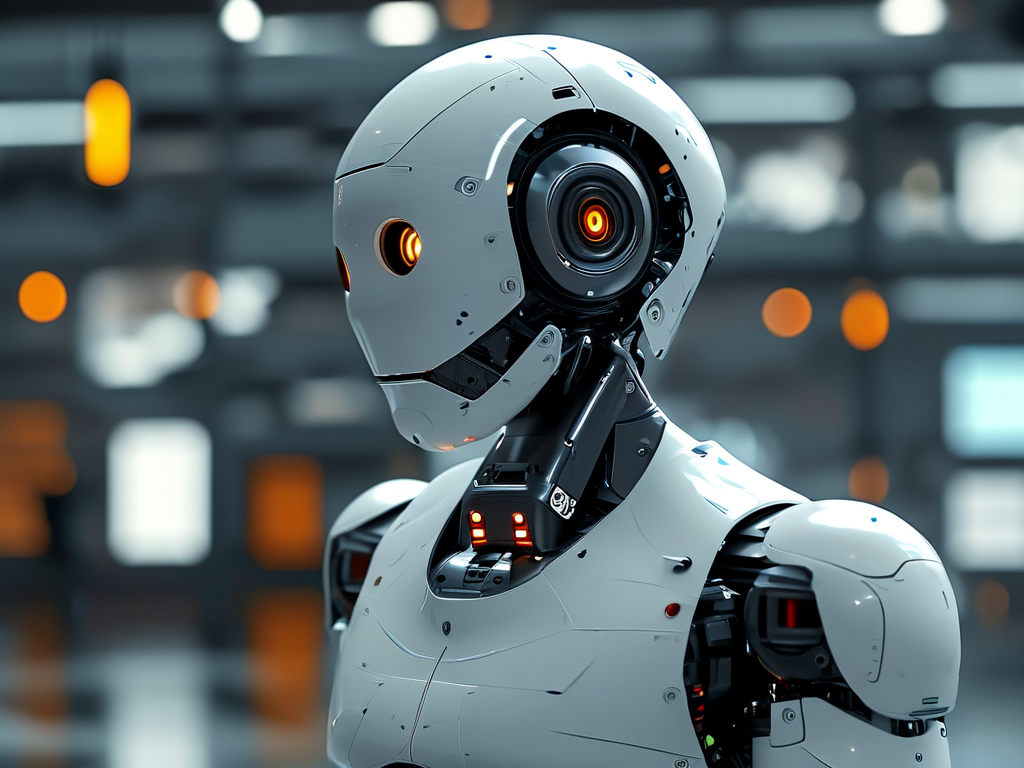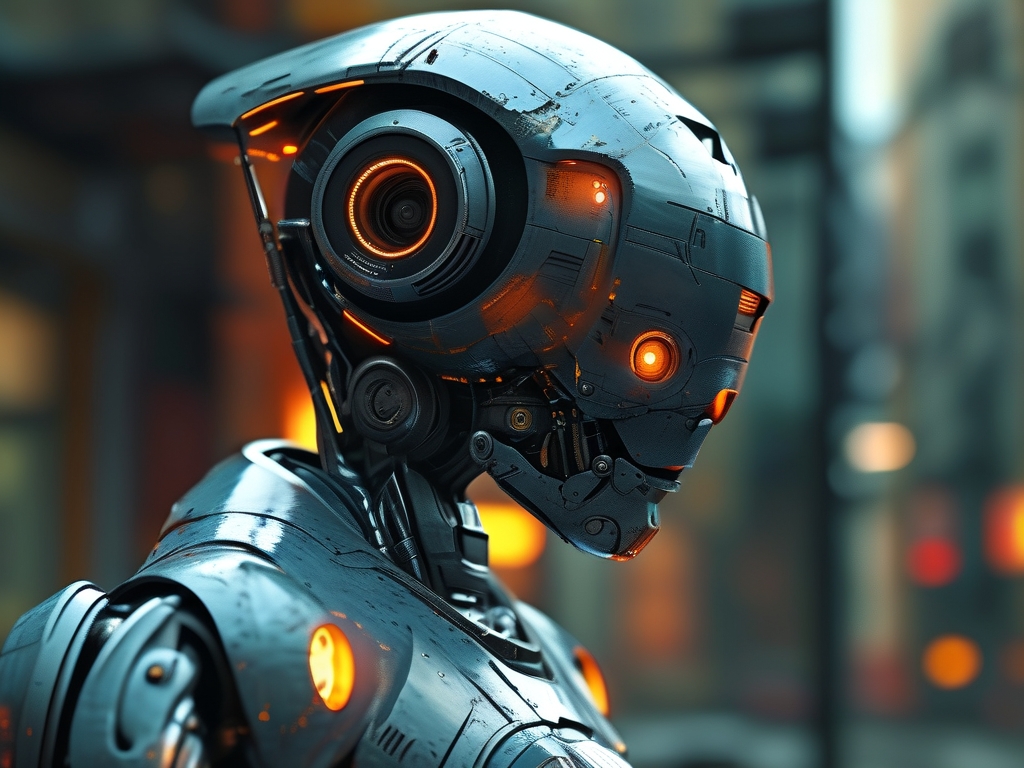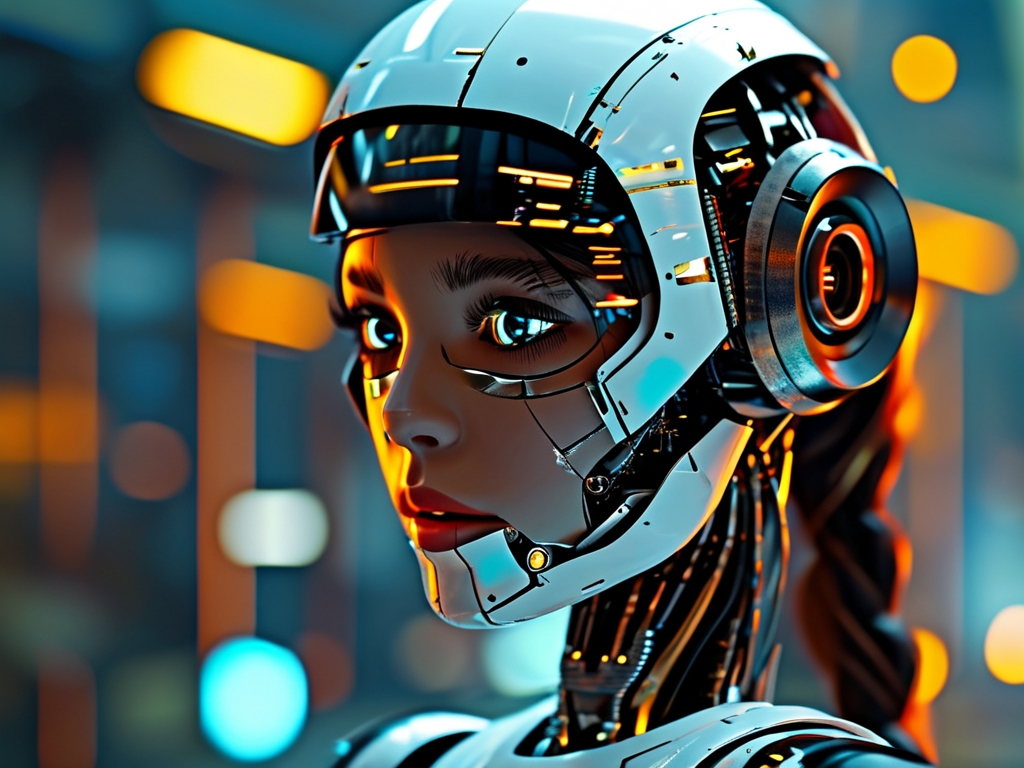As artificial intelligence becomes deeply embedded in content creation workflows, technical teams across industries are reevaluating their approaches to human-AI collaboration. Recent developments in natural language processing have enabled systems like GPT-4 to produce articles, reports, and even creative writing pieces. However, this technological leap presents both opportunities and complex challenges that require thoughtful navigation.

The Quality Assurance Dilemma
Engineering teams at leading tech firms report that while AI-generated drafts save approximately 40% of initial writing time, they require substantial human oversight. "We've implemented a three-tier verification system," explains Maria Chen, Senior Engineering Manager at a Silicon Valley SaaS company. "Raw AI output first goes through automated fact-checking algorithms, then domain experts verify technical accuracy, followed by editorial refinement for brand voice consistency."
This layered approach addresses critical issues identified in early implementations:
- Contextual misunderstanding in specialized fields
- Statistical hallucinations in data-driven content
- Tone inconsistencies across different content types
Ethical Implementation Frameworks
Responsible AI integration requires more than technical solutions. Development teams are establishing ethical guidelines that govern machine-generated content. Key considerations include:
- Clear disclosure protocols for AI-assisted materials
- Intellectual property rights management
- Bias detection mechanisms in training data
The Open Source Initiative recently published standards recommending watermarking techniques for machine-generated text. These invisible markers help distinguish synthetic content while maintaining readability – a solution currently being tested by major news syndicates.
Human-Machine Synergy Models
Progressive organizations are moving beyond basic automation to develop symbiotic workflows. At a European fintech startup, technical writers now work with customized AI assistants that learn individual writing patterns. "Our system adapts to each author's style over time," says CTO Oliver Brandt. "It's less about replacing humans and more about creating cognitive augmentation."
This evolution has led to new hybrid roles like "AI Content Strategist" and "Machine Learning Editor." These positions require dual expertise in technical writing and AI system management, reflecting the growing sophistication of content production pipelines.
Technical Infrastructure Requirements
Supporting AI-assisted writing at scale demands robust infrastructure. Engineering teams emphasize the importance of:
• Dedicated GPU clusters for real-time processing
• Customizable NLP model fine-tuning platforms
• Version control systems for iterative content development
A case study from a global e-commerce platform revealed that implementing enterprise-grade AI writing tools reduced content production costs by 28% while increasing multilingual output capacity by 400%. However, the initial setup required six months of infrastructure optimization and staff training.
Future Development Roadmap
As language models continue to evolve, technical leaders are preparing for next-generation challenges. Priorities include:
- Developing better context-aware systems
- Improving cross-modal content generation (text-to-video/text-to-code)
- Creating self-correcting feedback loops between human editors and AI models
The IEEE Standards Association predicts that by 2026, 85% of enterprise content workflows will incorporate some form of AI augmentation. However, human oversight mechanisms are expected to remain crucial, particularly for sensitive or legally binding documents.
Implementation Best Practices
For teams adopting AI writing tools, industry experts recommend:
- Starting with non-critical content like internal documentation
- Implementing strict version control protocols
- Conducting regular bias audits
- Maintaining human-led creative direction
As the technology matures, the focus shifts from "Can machines write?" to "How can humans and machines co-create most effectively?" This paradigm shift requires continuous adaptation from technical teams, content creators, and organizational leadership alike.
The ongoing evolution of AI writing tools presents both unprecedented opportunities and complex challenges. By combining robust technical infrastructure with ethical frameworks and human expertise, organizations can harness these technologies while maintaining quality and authenticity standards. As development continues, the most successful implementations will likely be those that view AI as a collaborative partner rather than a replacement for human creativity.




